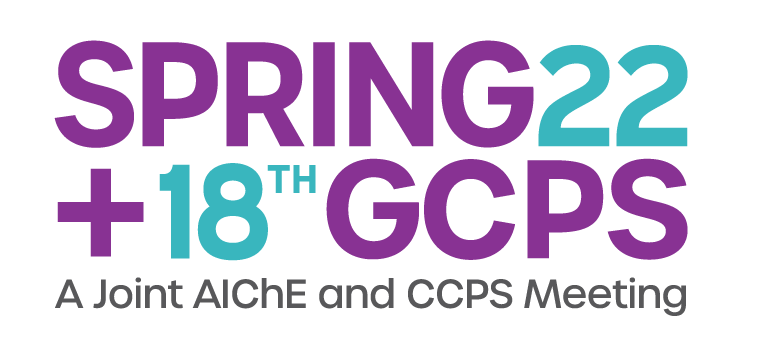

This paper will explore some of the potential blind spots that could occur when conducting PHAs on batch processes. Conducting a batch process PHA based on the batch procedure is considered a best practice, but a procedure-only approach could miss potential concerns with auxiliary equipment, such as scrubbers or utility systems, that may operate in the background of the batch process. Often in batch processes, quantities of chemicals contained within the process and even in raw material or product storage may be much smaller than PSM regulatory threshold quantities, however significant risks could still exist. A PHA program focused solely on regulatory compliance could miss potentially serious risks, particularly around reactivity or toxicity issues. Similarly, in a PHA focused only on the procedure used for the batch, risks associated with storing and handling the chemicals prior to their introduction to the batch unit could remain hidden. These risks may be exacerbated if the batch sizes or campaign lengths are changed over time, and the quantities of chemicals being handled or stored changes without recognition of the change in risk. Could the facility’s risk tolerance change if the shipment amount or container type is changed or if a “short term†project becomes a stable, long-term product? Examples of how these concerns could manifest themselves in a batch chemical facility will be presented, and this paper will discuss ways to potentially address them in the HIRA process.
Presenter(s)
Language
Pricing
Individuals
| AIChE Member Credits | 0.5 |
| AIChE Pro Members | $19.00 |
| Employees of CCPS Member Companies | Free |
| AIChE Graduate Student Members | Free |
| AIChE Undergraduate Student Members | Free |
| AIChE Explorer Members | $29.00 |
| Non-Members | $29.00 |
